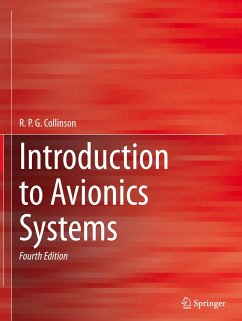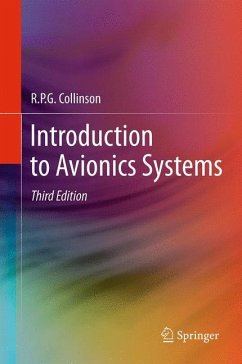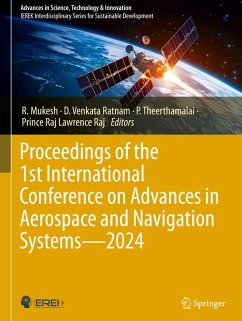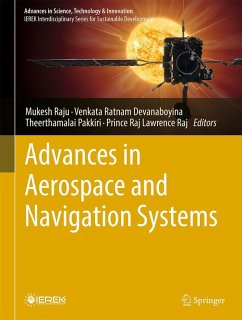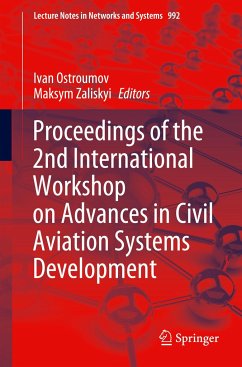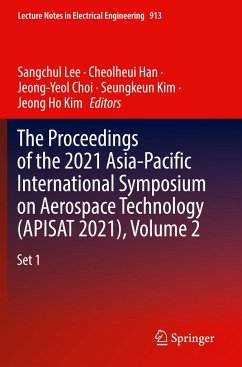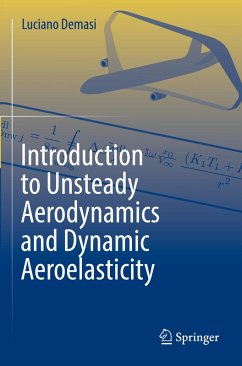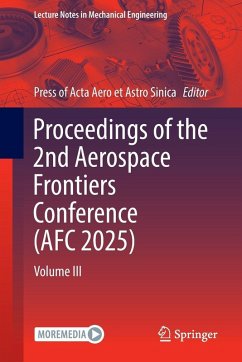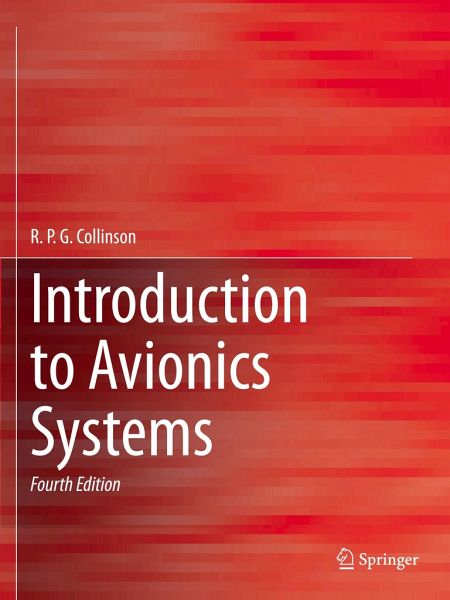
Introduction to Avionics Systems
Versandkostenfrei!
Versandfertig in 6-10 Tagen
65,99 €
inkl. MwSt.
Weitere Ausgaben:

PAYBACK Punkte
33 °P sammeln!
Now in a revised fourth edition, this course-tested textbook explains the basic principles and underlying theory of the core avionic systems in modern civil and military aircraft. The new edition includes extensive revisions on the latest developments in helmet-mounted displays (HMDs), the use of helmet-mounted rate gyros for helmet tracking, HUD/HMD optical waveguide system technology, and the latest advances on replacing CRTs with solid state displays in HUDs. Updates on controls and fly-by-wire include a section on civil aircraft to cover the Airbus A350 and the advances in its flight contr...
Now in a revised fourth edition, this course-tested textbook explains the basic principles and underlying theory of the core avionic systems in modern civil and military aircraft. The new edition includes extensive revisions on the latest developments in helmet-mounted displays (HMDs), the use of helmet-mounted rate gyros for helmet tracking, HUD/HMD optical waveguide system technology, and the latest advances on replacing CRTs with solid state displays in HUDs. Updates on controls and fly-by-wire include a section on civil aircraft to cover the Airbus A350 and the advances in its flight control system over the Airbus A380. A new section on automatic flight control of vectored thrust aircraft covers the BAE Systems Harrier and the Lockheed Martin F-35B Lightning 2 Joint Strike Fighter. Detailed coverage is provided for F-35B flight control systems for vertical landing.
Introduction to Avionic Systems, Fourth Edition is an ideal textbook for undergraduate andgraduate courses in avionics and aeronautical engineering, as well as professional development and training courses for post-graduates entering the aerospace industry from a wide range of technical backgrounds and practicing engineers at all levels who require an understanding of avionic systems, aircraft navigation, flight control, and data transmission and systems.
Introduction to Avionic Systems, Fourth Edition is an ideal textbook for undergraduate andgraduate courses in avionics and aeronautical engineering, as well as professional development and training courses for post-graduates entering the aerospace industry from a wide range of technical backgrounds and practicing engineers at all levels who require an understanding of avionic systems, aircraft navigation, flight control, and data transmission and systems.



